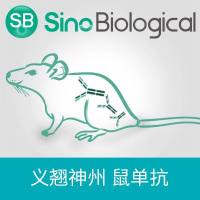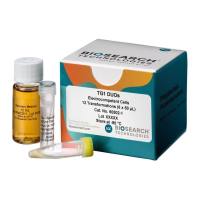Quantifying Polyamines in Agrobacterium rhizogenes Strains and in Ri Plasmid Transformed Cells
互联网
627
Aliphatic polyamines are ubiquitous compounds classified as plant growth substances (1 ). They act mainly in processes based on cell division. It is known that exogenous polyamines can induce cell division in plant tissues temporarily lacking in polyamines (1 ). Many authors have suggested the possible utilization of these compounds as tumor markers because in general they increase during the early stage of the disease, but more detailed studies demonstrate that this increase is positively related in plant and animal tissues to growth rate rather than tumorigenesis per se , both in normal and tumor tissues. Even though polyamines alone seem not specifically related with morphogenic effects (i.e., embryogenesis and organogenesis), in association with other plant hormones (notably auxins and cytokinins) they can modify and/or regulate this phenomenon. Their involvement has been reported in the growth of “crown gall” caused by Agrobacterium tumefaciens (2 ), and more recently in the genetic transformation induced by Agrobacterium rhizogenes , the so-called “hairy root disease”; in this context the big interest about polyamines concerns the transfer and expression of genetic information from Ri plasmid to host plant cell. Results obtained up to now are in favor of changes in polyamine levels (both free and conjugated forms, trichloroacetic acid [TCA]-soluble and -insoluble) during the growth cycle of transgenic tobacco plants both in vivo and in vitro (3 ), and of isolated hairy roots in culture (4 ). In particular, changes in free polyamine levels and in the activities of related enzymes seem to be linked to different growth kinetics (cell division and/or root elongation) depending on the different degree of expression of T-DNA genes. In addition, because some “unusual” polyamines can serve as taxonomic markers in microorganisms, and also in the different species of the genus Agrobacterium (5 ), it is of interest to analyze polyamine pattern and distribution in the A. rhizogenes strains (6 ), also in relation to the different virulence properties.









